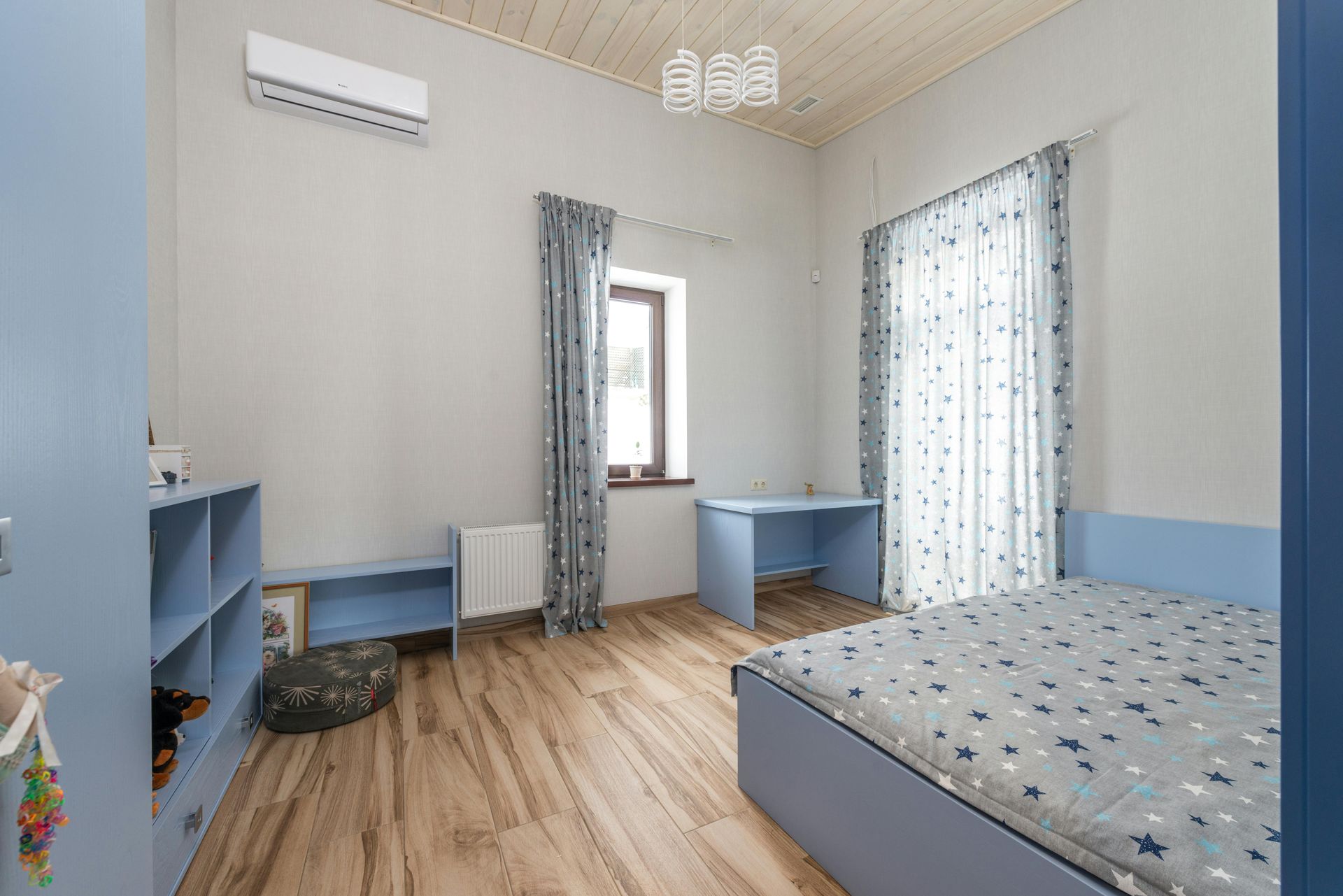Major EPA Refrigerant Changes Take Effect in 2025
The heating and cooling industry is undergoing a significant transformation as new Environmental Protection Agency regulations take effect to combat climate change. Here's what you need to know about the upcoming refrigerant changes and how they may impact you.
What's Changing?
Beginning January 1, 2025, manufacturers can no longer produce new HVAC systems using R-410A refrigerant, the most common cooling agent in residential air conditioners and heat pumps. This phase-out is part of the American Innovation and Manufacturing (AIM) Act, which aims to reduce greenhouse gas emissions by transitioning away from high Global Warming Potential (GWP) refrigerants.
R-410A has a GWP of 2,088, meaning it contributes significantly to climate change when released into the atmosphere. The new regulations require all refrigerants in new systems to have a GWP of 700 or less.
The New Refrigerants
Two environmentally friendly alternatives are replacing R-410A:
R-454B (Opteon XL41 or Puron Advance): Provides up to a 78% reduction in global warming potential while maintaining similar cooling performance to R-410A. Most major manufacturers including Carrier, Trane, and Lennox have chosen this as their primary replacement.
R-32: Offers up to 12% better efficiency than R-410A systems and has a GWP of approximately 675. Daikin and some other manufacturers have selected R-32 for certain applications.
Impact on Homeowners
If you have an existing system: You can continue using your current HVAC system without any immediate changes required. Existing equipment is not subject to EPA regulations and can continue to be used through equipment end-of-life. R-410A will remain available for servicing existing systems, though supplies may become more expensive over time.
If you're buying a new system: Systems manufactured before January 1, 2025, can still be installed through December 31, 2025, giving consumers a one-year transition period. However, new EPA-compliant systems are expected to cost at least 20% more than current models due to advanced technology and manufacturing requirements.
Safety Considerations
The new refrigerants are classified as A2L, meaning they have low toxicity but are mildly flammable—much less so than propane or natural gas. New systems include advanced leak detection sensors that automatically shut off the unit and activate ventilation if a leak is detected.
Benefits of the Transition
Beyond environmental protection, the new refrigerants offer several advantages:
- Potential utility bill savings of 5-10% due to improved energy efficiency
- EPA estimates this transition will result in emissions reductions equivalent to up to 876 million metric tons of carbon dioxide from 2025 through 2050
- Long-term cost savings through reduced energy consumption
- Planning Ahead
While there's no immediate need to replace functioning systems, homeowners should consider their options carefully. If your current system is aging or inefficient, upgrading before 2025 might offer cost savings, while waiting allows you to invest in the latest environmentally friendly technology.
HVAC contractors are receiving specialized training to safely handle the new refrigerants, ensuring professional installation and service continue without interruption.
For more information about how these changes might affect your specific situation, consult with a qualified HVAC professional who can assess your current system and discuss your options.




